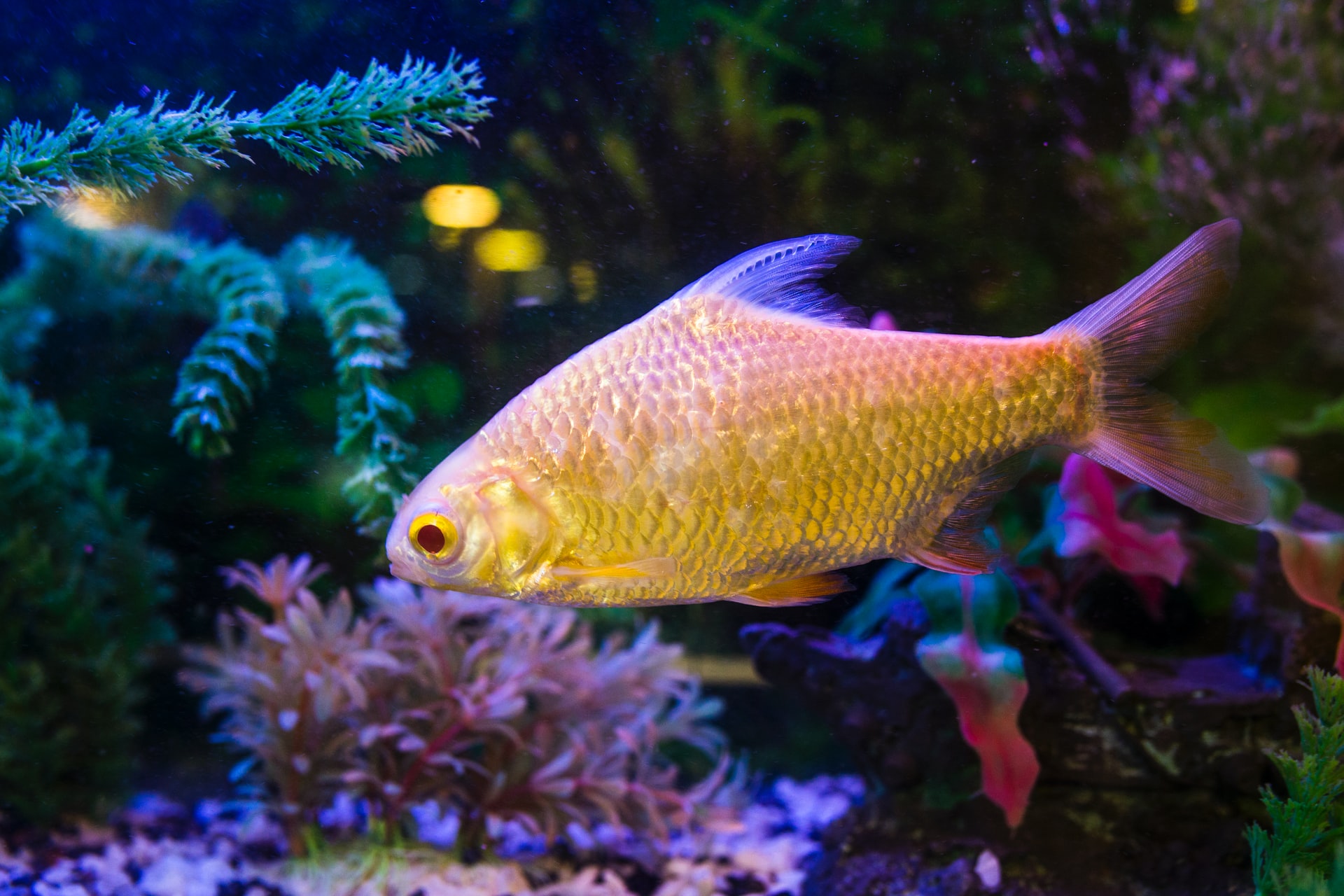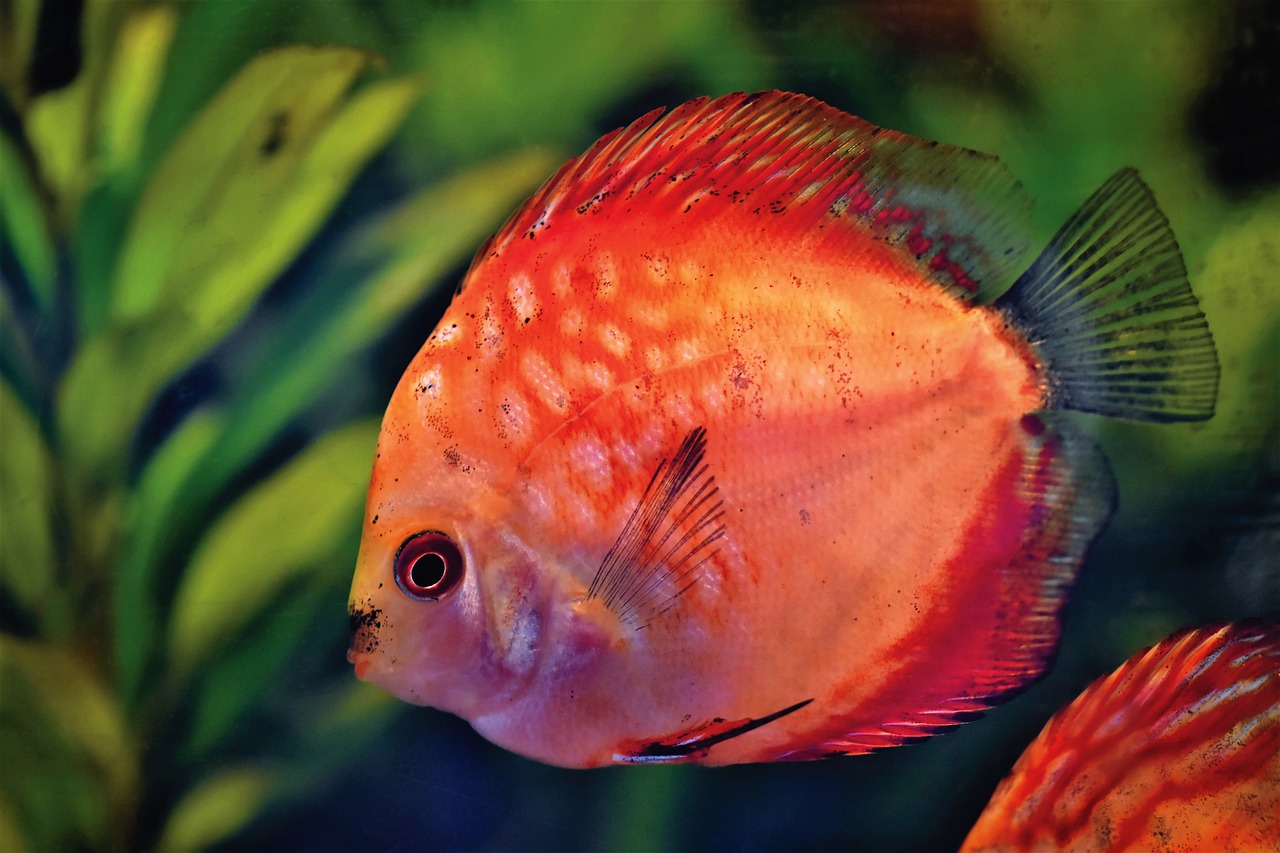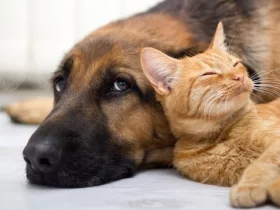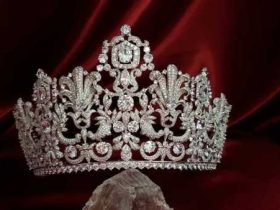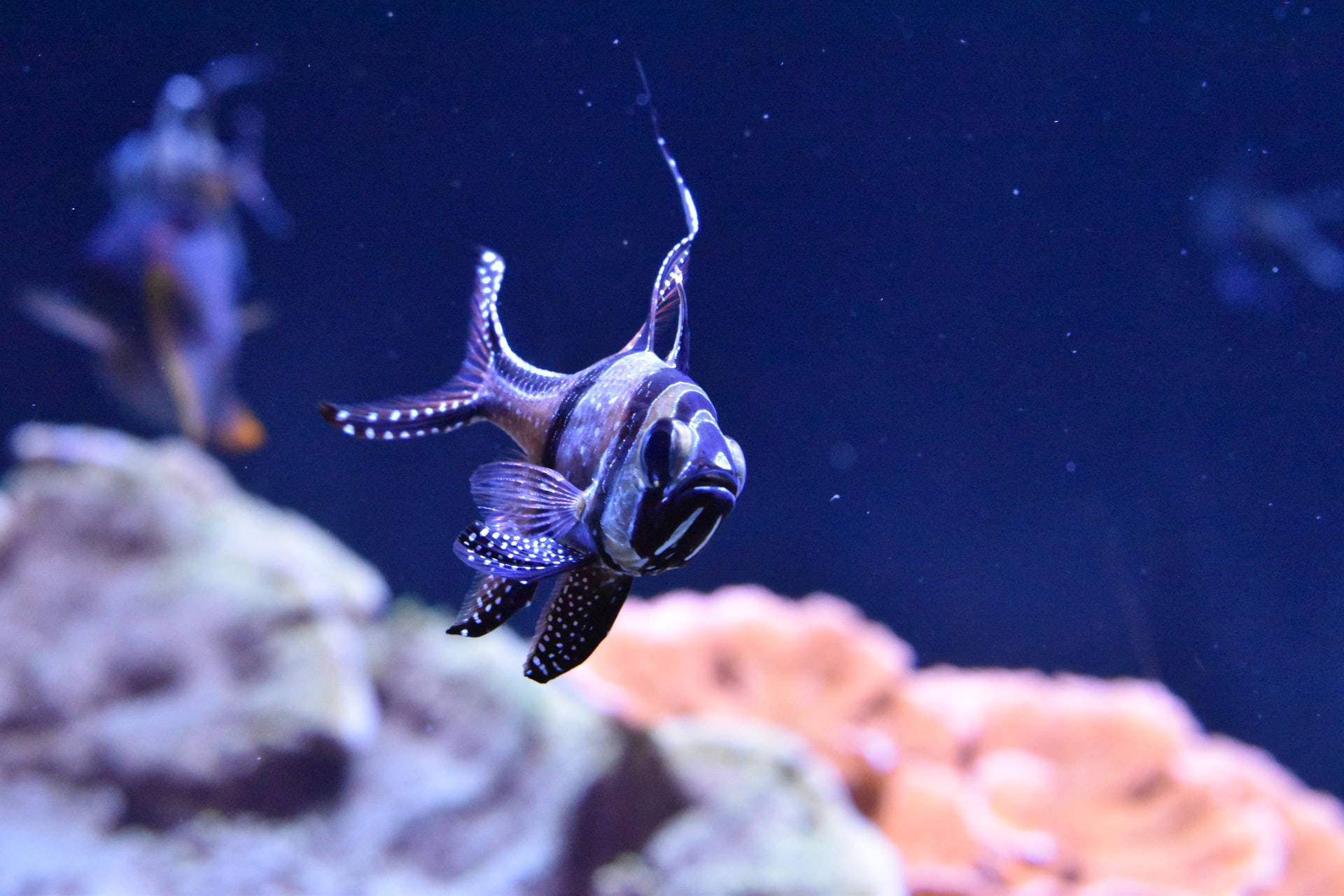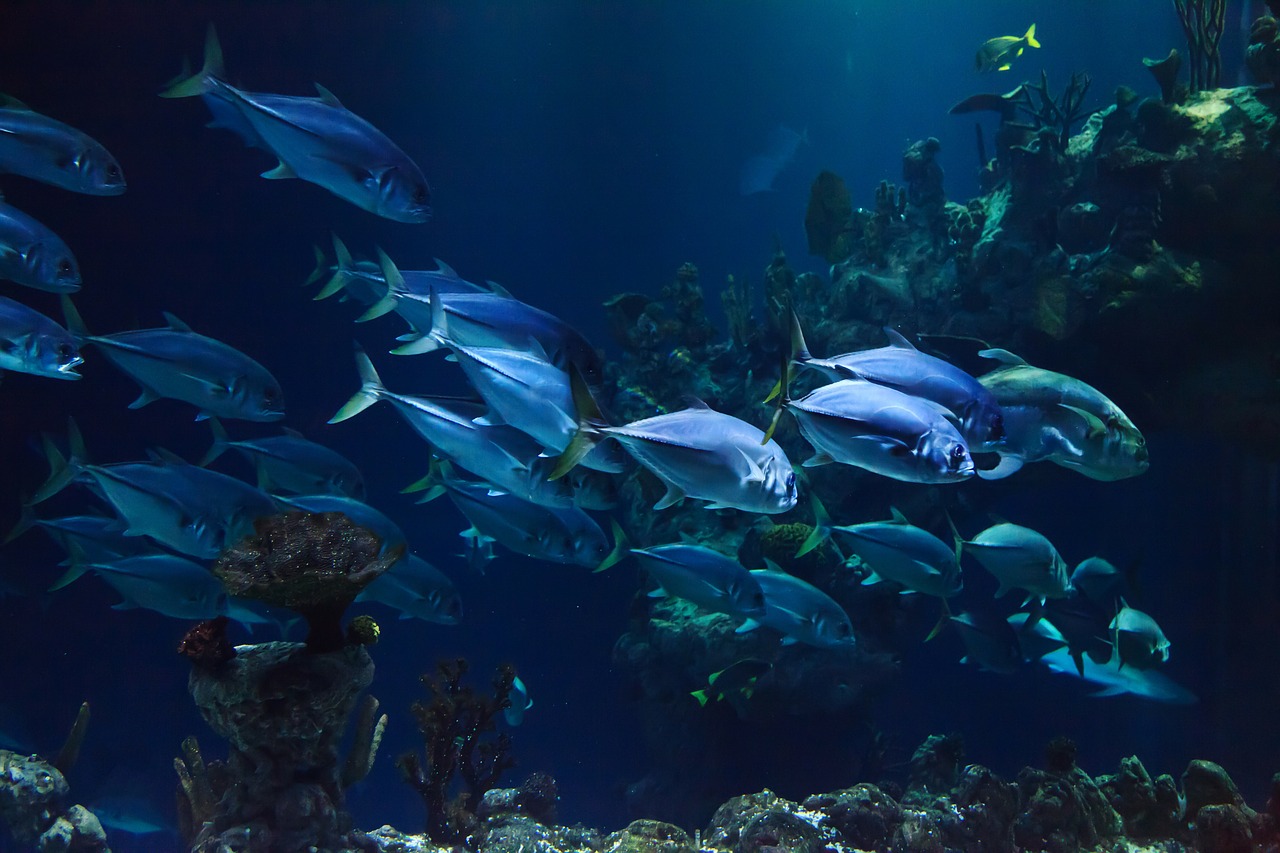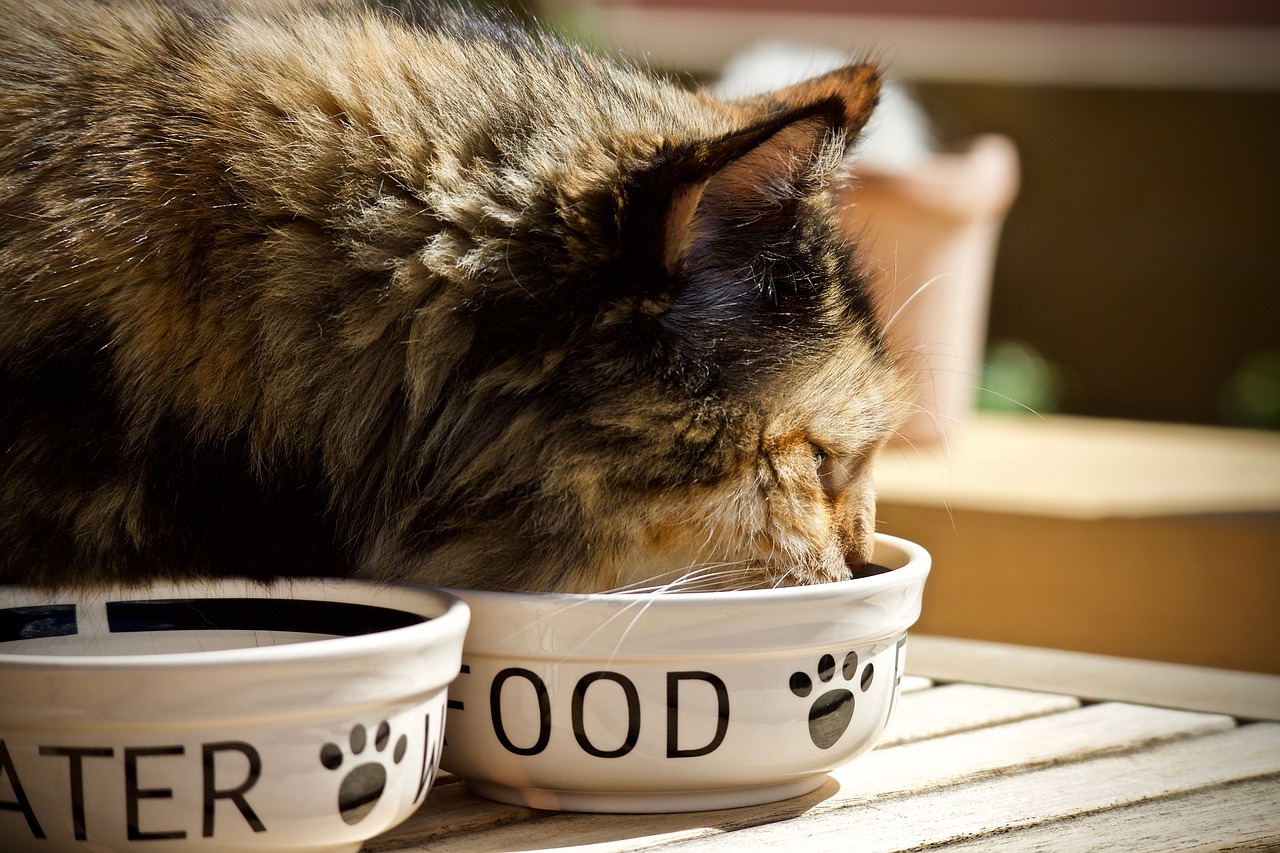Are you ready to set up your saltwater fish tank yet?
Of course, you’ll need to get the right equipment in order to have a sucessful setup.
Now, here’s the thing, depending on who you talk to you’ll get different advice on what or what not to put in your tank. You might want to just listen to all the advice and pick the things that seem right for you. For example, many people advocate using under gravel filters for biological filtration. This however, must be tempered with wisdom. A saltwater tank running an under gravel filter (UGF) with minimal circulation will be much more work than a than a system running a wet/dry filter and a couple of power heads. Wet/Dry filters tend to require less maintenance, as UGF’s tend to become clogged over time.
The basics of your saltwater setup are:
- Tank
- Decorations
- filtration (including protein skimming)
- lighting
- water
- test kits
Pretty similar to what you need for a freshwater tank, but the details on exactly what and how to use it vary.
Aquarium Size
The size of your salt water tank is of the utmost importance. The basic rule of thumb is the bigger the better. A larger tank will be easier to control and gives a bit more leeway for mistakes (which are inevitable). The smallest tank for beginners should be no less than 20 gallons, with 55 gallons being even better. For someone versed in fish keeping (i.e., converting from fresh to saltwater), a 10 or 15 gallon tank will work, but is not suggested. In general, fish like long, wide tanks. The more surface area a tank has, the better the gas exchange will be and the happier the fish will be.
Fish Densities
Before finalizing on a tank size, remember that fish densities are much lower for saltwater than freshwater. That is, you can not put as many fish in a saltwater tank as you can in a freshwater tank. Putting more than 2 saltwater fish in 10 gallon tank is asking for trouble. A general rule of thumb is 4″ (10cm) of small-to-medium fish per 10 gallons, or 2″ (5cm) of larger/fast growing fish per 10 gallons. This is just a rough estimate of the number of fish. There is no exact number since finding the stocking density has to take into account the filtration, maintenance, feeding schedule, etc..
Beyond the number of fish you wish to keep, the tank’s size will also affect your filtration and lighting choices, both in cost and design. Tanks which are 48 inches (122cm) long are usually cheaper to light because the lamps are more readily available. However, the larger the tank, the more light you will need to provide your inhabitants. Moreover, a larger tank needs efficient filtration to keep the system thriving. A good size tank is around 55 gallons.
As a note, scrutinize hoods carefully. Many of them are designed for 48″ tanks, but require two 24″ lamps rather than one 48″ lamp. (24″ lamps are usually more expensive than 48″ lamps.)
Avoid Direct Exposure to Sunlight
Once you have decided on a tank, make sure you have a place to put it. The tank should not be in direct sunlight or in an area which is very drafty. Also, make very certain the stand will be capable of holding the weight of the tank, plus substrate, plus rocks, plus water. In total, a 55 gallon tank will probably weigh over 800 pounds.
Substrate
After selecting the tank, consideration must be given to the substrate. It is best to use a calcareous substrate such as crushed coral or dolomite. These substrates will, at least initially, help buffer the water by adding ions to the buffering system. Generally the substrate should not be so tiny as to get sucked into the filter or pumps, and not so large as to make the tank unsightly. Also, some fish (e.g., Gobies) like smaller grades of substrate over larger ones. Something in the 2-5mm department seems average.
Live sand is one substrate which has recently gained a fair amount of publicity. This technology is really in its infancy and is not recommended for beginners. You can find more information in the ARCHIVE.

